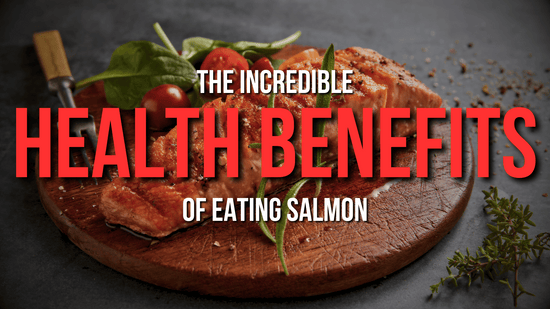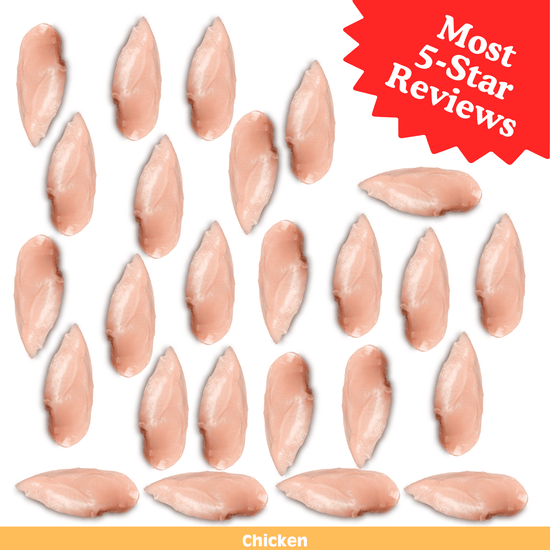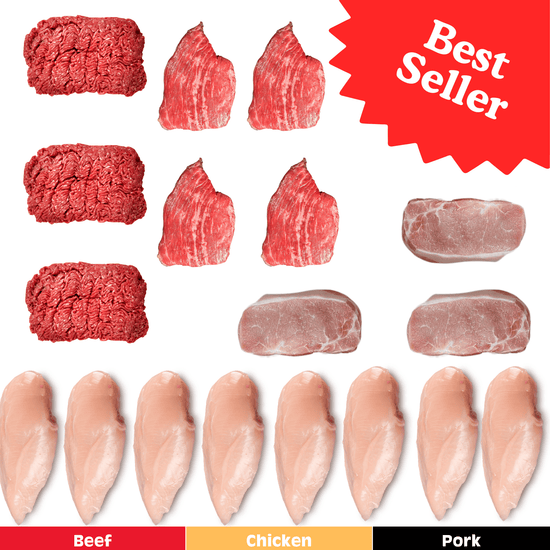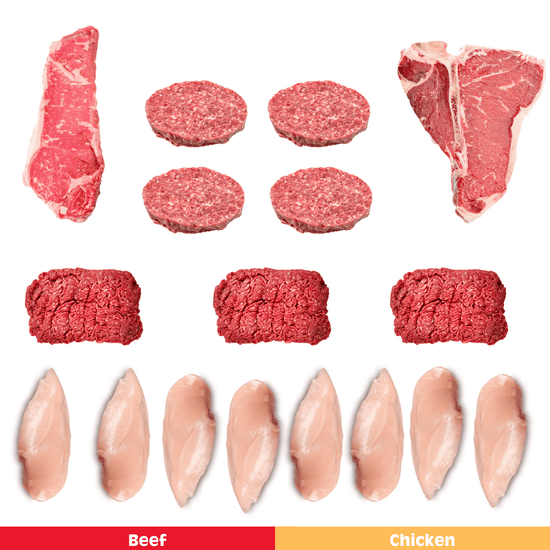If you haven't heard the term by now, you must be a vegan. Heck, even vegans are familiar with the phrase "grass-fed beef." Over the past couple of years, this term has gained significant popularity. However, the practice of raising grass-fed cattle has been around for ages. So what's all the excitement about, and what does it truly mean?
One of the biggest challenges faced by the farming industry today is the dissemination of information on the internet. Every day, hundreds of articles are published about farming, most of which portray it in a negative light.
With the USDA recently announcing that it will be conducting a more in-depth examination of "pasture-raised" and "grass-fed beef" claims, we felt compelled to delve into and debunk some of the misconceptions that these terms have brought about in recent years. On the surface, they both sound appealing, but are they really? Here are three major misconceptions surrounding the term "grass-fed beef."
- Grass-fed beef does not necessarily mean the cow was raised in a pasture.
Many people assume that if a cow is grass-fed, it freely roams vast acres, living an idyllic life. In reality, even grass-fed cows can be confined to barns. In the Midwest, where most cattle are raised, the harsh winters eliminate the growing season. Consequently, cattle must be provided with feed. Farmers bale hay or grass during the summer and then feed it to their cattle during the winter. On the other hand, grain-fed cattle can also be raised in pastures. Just because a cow eats grain does not mean it is confined to a cage and force-fed to fatten up. Most grain-fed cattle have access to some form of pasture. The only difference is that they are given a mix of corn along with the grass.

- Eating only grass is not necessarily better for the cow.
False! Cows cannot obtain all the necessary nutrients solely from grass. These cows are often skinnier and take longer to mature. Going back to the winter example, cows need to gain weight to survive the harsh winters. By consuming grains, they can acquire the necessary nutrients and proteins to improve their well-being during winter. Think of it this way: Do you absolutely need to drink that protein shake after the gym? No, but it certainly helps with muscle development and provides essential nutrients.

- Grass-fed meat is not inherently healthier.
This is a contentious topic without a clear-cut answer. While grass-fed beef typically has less fat, making it leaner, and tends to be higher in amino acids, grain-fed beef also contains nutrients such as monounsaturated and polyunsaturated fats, which are essential for your body. Additionally, grain-fed beef is usually higher in protein.
At Dude Food, our farmers have generations of experience raising grain-fed cattle. It's not that we are against grass-fed; rather, we oppose people who push their narratives and mislead consumers (like you) regarding what truly constitutes quality. By making these claims, grass-fed producers often charge a premium for a product that doesn't necessarily offer superior quality or enhance the animal's life. Make your own decisions, but ensure you scrutinize the source of the information!

If you're searching for a source of American family-farmed beef, chicken, and pork, we'd be delighted to ship you a box! For just $25, you can experience it all!










